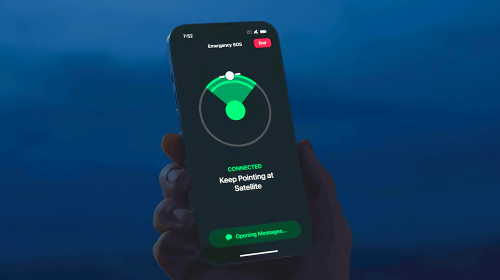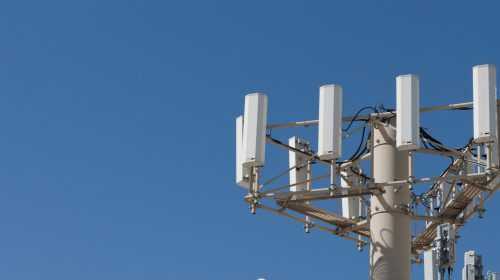May 21, 2019
Helping clients estimate bandwidth needs is an essential task for BusinessCom representatives and our partners. When we get sales inquiries, we ask a series of questions so we know which of our several broadband satellite products we should propose. We like to understand what kind of company or organization we’re working with, since we can draw on experience with similar clients. We want to know what the primary purpose is for the connectivity. How many users will be active during busy hours? Will there be any VoIP (Voice over IP) traffic, and if so, how many lines will be busy at the same time? What if any business applications need to be supported by the service, VPN traffic, and of course – what if any video requirements are there? This article will discuss audio and video traffic over satellite.
Terminology
Audio or video can be streamed to a site (download) or from a site (upload). AV (audio-video) streaming is not saved or stored on a device. It is viewed or listened to in real time, as it continuously plays or streams from or to the internet over the broadband satellite connection. With streaming, since you are watching or listening in real-time, you need enough bandwidth to support the stream with no freezing, stuttering, pixelating, etc. With streaming, you start watching or listening as soon as the stream starts.
Downloading is the act of transferring the data from one place to another. You download the music or video file from the internet and store it on your device. Some videos require that you download the entire movie before they play, others allow you to start watching while the file is still downloading. When you download a file, you are playing it from a storage place on your workstation or device, whereas with streaming, the AV is going directly to your monitor without having to be stored first. With downloads, if your internet speed supports it, you can download faster than you can watch it, which means you’re downloading more content in a shorter period.
Uploading is like downloading; you’re simply transmitting AV rather than receiving it. In the satellite business we typically see uploading or streaming from remote sites, for applications such as remote nature cameras, church, social groups, and surveillance video.
Audio

Audio generally does not put a huge stress on broadband satellite VSAT systems. For example, Beats Music and Pandora will work with as little as 64 kbps. Spotify starts at 96 kbps, and all of them join Google Play in offering a maximum quality of 320 kbps. Some of these applications adjust themselves to the amount of bandwidth available, while others will have settings the user can select. Listening to audio from the internet, when internet download speeds are 1 Mbps or higher, works quite well in most circumstances. The audio can be prioritized if it is for business, or it can be blocked or limited if the organization does not want it used by employees during work hours.
It’s when a site is generating and transmitting audio that bandwidth becomes more critical since broadband satellite uploads are generally smaller than the downloads. A site that needs to transmit consistent, guaranteed audio quality will need CIR (committed information rate) which is dedicated bandwidth, for each concurrent audio stream. This is like supporting VoIP calls, except that a typical VoIP call will need about 16 kbps of CIR, while an audio stream will need at least 64 kbps of CIR to guarantee the quality. BusinessCom’s services include CIR that can be assigned to specific applications such as audio streaming, when needed.
Video
Video is the real challenge when it comes to estimating how much bandwidth to get for your satellite link, and the use of video over the internet is growing in leaps and bounds. Indeed, a primary driver for 5G networks is based on keeping up with the increased demands for video bandwidth from consumers. IP cameras, whether webcams, surveillance cameras, or any other camera that sends data over IP connections are sprouting up everywhere. The author keeps track of his elderly mom with a “nanny-cam” for example. Many people are watching movies such as Netflix that are delivered over internet connections. Businesses are protecting their facilities with surveillance cameras, and of course Skype, WhatsApp and similar video conferencing applications are used by consumers and businesses at increasing rates.
Movies
For applications that download the movie before playing, the amount of bandwidth really dictates how long before you can start watching the movie. A 2-hour movie is about 2 GB (gigabytes) of data, and with a typical 4 Mbps shared service it will take about 90 minutes to download the movie. Increase the download to 8 Mbps and the download time will be cut in half.

For streaming movies, the amount of bandwidth is based on the video resolution (picture quality) that is desired. According to Netflix, to stream a video you need between 768 kbps and 5.3 Mbps depending on the quality you want. “Good” quality will require a consistent 768 kbps, “Better” will require a steady 1.6 Mbps connection and “Best” requires at least 5.3 Mbps. Netflix, Vudu, Hulu, Amazon Video, iTunes Video and YouTube will all vary, but will use similar amounts of bandwidth. YouTube, for example will stream 720p video at about 2.5 Mbps, and 1080p at about 4 Mbps. 4K Ultra HD will require 15 Mbps, but 25 Mbps is recommended.
Typically, the larger the monitor, the more you will want to increase the resolution, which will increase the amount of bandwidth needed. Most broadband satellite services, including BusinessCom’s are shared, which means the consistency of the bandwidth will vary somewhat, so you will want to buy more bandwidth than the minimums mentioned here. Many VSAT services come with usage-based billing, particularly consumer or residential class services. For those services, you must be concerned not only with how fast the service is, but how much data the movie is using out of your bandwidth quota. It is very easy to burn through a bandwidth quota in a hurry watching movies with good quality. BusinessCom’s services with few exceptions, are unlimited with no usage-based billing, so the amount of data used is not as critical. “Good” Netflix movies will use up to 300 MB per hour, “Better” will use up to 700 MB per hour and “Best” will use up to 2.3 GB per hour. For a residential class satellite service with a data quota of 10GB per month, you can see that watching movies will burn through this quickly.
Conferencing

Skype, WhatsApp and similar conferencing applications generally require a minimum of 128 kbps, but the recommended upload and download (sending and receiving video) bandwidth is usually up to 300 kbps for standard quality. BusinessCom will normally recommend at least 256 kbps in both directions for good Skype quality. High quality video, which might be used if the conference is being presented on a large screen monitor, will need between 400 kbps and 500 kbps in both directions. HD quality, for even larger monitors will need between 1.2 Mbps and 1.5 Mbps upload and download. For group calls, the download will be increased with each new person added to the call, but the upload remains about the same since you are receiving multiple video streams, but only generating one. For example, a Skype call with 3 people would require a download of between 512 kbps and 2 Mbps, while the upload would remain at 256 kbps or perhaps 512 kbps depending on the quality needed. Note that these numbers are for basic guidance. As the saying goes, your mileage may vary.
Security
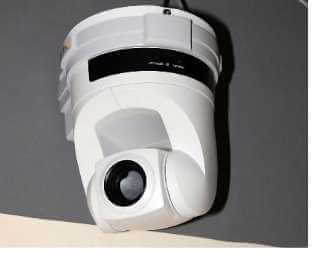
From webcams to nanny-cams to professional security systems, IP cameras, “network cameras” or webcams are becoming more and more popular. It can be very advantageous to monitor a child or elderly parent and their caregiver from work, monitor a business from home, keep tabs on your back yard from work, or professionally monitor a business facility from a central data center. It is even possible to monitor multiple video cameras or DVRs (Digital Video Recorders) from anywhere using a smartphone or tablet.
Internet cameras can be hard wired via Ethernet to an internet connection or transmit wirelessly over a local WiFi network. Internet cameras can be thought of as minicomputers with sophisticated optics. They have their own software and are configured to a network in order to function. Most of the time, the configuration setup is straight forward, and similar in many regards to setting up a WiFi network. More advanced systems often come with their own apps, making recording and viewing video on the web even simpler. Cameras can look like traditional security cameras, or based on consumer demand, they can be small, and easily hidden, such as many nanny cams. They can be hidden in a Bluetooth speaker, or designed to look like a smoke detector or air freshener, for example.
DVRs and NVRs
Some cameras are connected to a PC that operates as a network access point, and the PC must be left on all the time in order to work. Others can connect directly to the network. Many cameras have a PTZ or pan, tilt, zoom capability that allows the user to remotely control the camera and move it around or zoom in as needed. For larger facilities, an NVR or Network Video Recorder may be desired. These devices support multiple cameras and normally come in 4, 8, 16 and 32 camera systems. The NVR records video from the IP cameras. Alternatively, a DVR (Digital Video Recorder) supports standard analog cameras that are wired to it with coax, whereas NVRs support IP cameras that can be connected via wired Ethernet, USB or WiFi. Either may be remotely accessed in order to monitor the cameras. DVRs are often used with analog CCTV (closed circuit television) cameras. DVRs will connect to analog cameras using video cable, but will connect to a local network, generally with Ethernet. Internet cameras transmit digital video over a data connection using Ethernet, USB or WiFi, operating just like a networked printer or scanner. The video can be stored locally to an attached memory device, connect to a networked storage device, or may be streamed to the internet.
Internet cameras capture images the same way any digital camera does. They usually compress the files and transmit them over the network. In a building already equipped with an Ethernet or WiFi network, the infrastructure will support IP cameras. If there are just one or two cameras they can be decentralized and placed where needed. If there are several cameras, they will connect over the network to a centralized NVR.
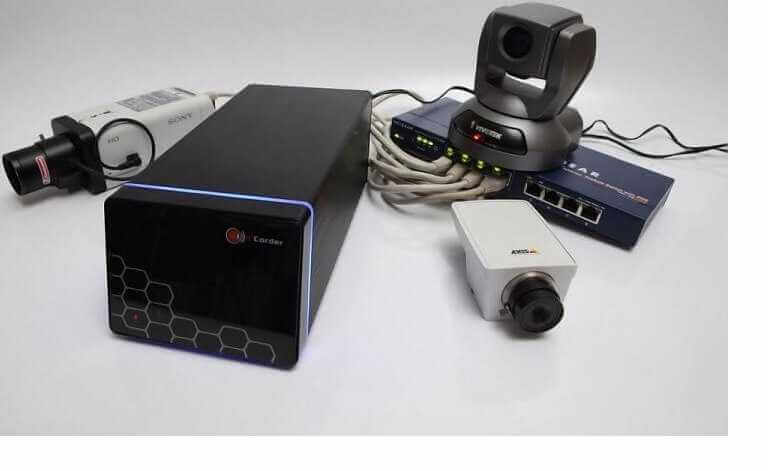
An NVR can store video from multiple cameras and can allow one to view multiple cameras at once. This is similar to a DVR, except that a DVR does all the processing for encoding video from the various cameras, whereas an NVR depends on the camera to process and encode its own video; thus the NVR simply stores the video making it available for centralized viewing, locally or over an internet connection. Dedicated hardware can be used for NVRs, or software can turn a PC into an NVR. Some systems will support both analog and IP cameras.
The decentralized IP camera, NVR or DVR can connect to the internet via wired Ethernet connection to a broadband modem or router such as an iDirect X1 modem used for BusinessCom’s iDirect Broadband satellite service. They can also connect wirelessly, for example, connecting via a BusinessCom Sentinel server using WiFi. WiFi may or may not offer the speed required, depending on the other devices sharing the network and the traffic they generate. If necessary, encryption can be provided to prevent unauthorized viewing over wireless networks.
To view video remotely over the internet, the IP camera, DVR or NVR must have a static IP address, several of which are included with BusinessCom’s broadband satellite services. This allows the device to be remotely accessed in order to view live video, switch between cameras, leverage pan/tilt/zoom, or play back previously recorded video.
Pixels are the measurement units used to describe video image resolution or quality. The more detailed an image that is required, the more pixels it will be made up of, and therefore the more data it will transmit. Higher quality images will need more bandwidth to transmit, and more disk space to store. The IP cameras, DVRs and NVRs compress the video in order to reduce the amount of bandwidth or storage space needed. There are several compression standards, so when bandwidth is limited, the device must be configured to reduce the frame rate or accept a lower image quality. Frame rate is the speed at which images are shown, as in how fast you “flip” through the pages of a book. Most video is shot in 30 FPS (frames per second), but 60 FPS is growing in popularity since it displays slow-motion video better. There are many different options for accomplishing this depending on the product being used. The most popular compression is probably H.264/MPEG-4, which is also known as AVC (Advanced Video Coding). By way of example, following are some bandwidth requirements for a Microsoft video server:
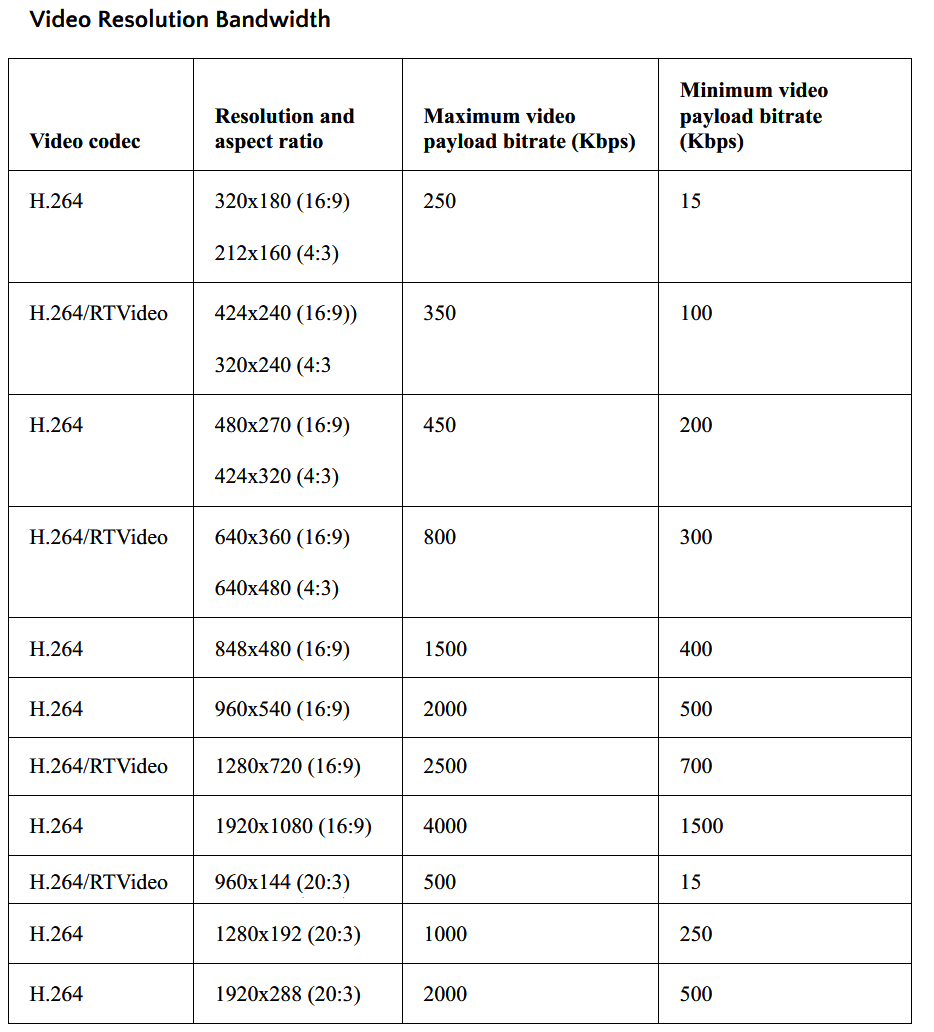
The maximum payload bitrate provides the maximum frame rate for a given resolution. The minimum payload bitrate requires that bandwidth not fall below this level in order to guarantee the requested resolution. Note that video scenes with little or no movement may mean less bandwidth is required, and thus the actual bitrate may fall below the minimum bitrate at times.
BusinessCom’s broadband satellite services support video, quite well, but we will need details in order to help estimate how much bandwidth will be needed, and to set proper expectations. Hopefully this guide will provide a starting point for gathering those details.


